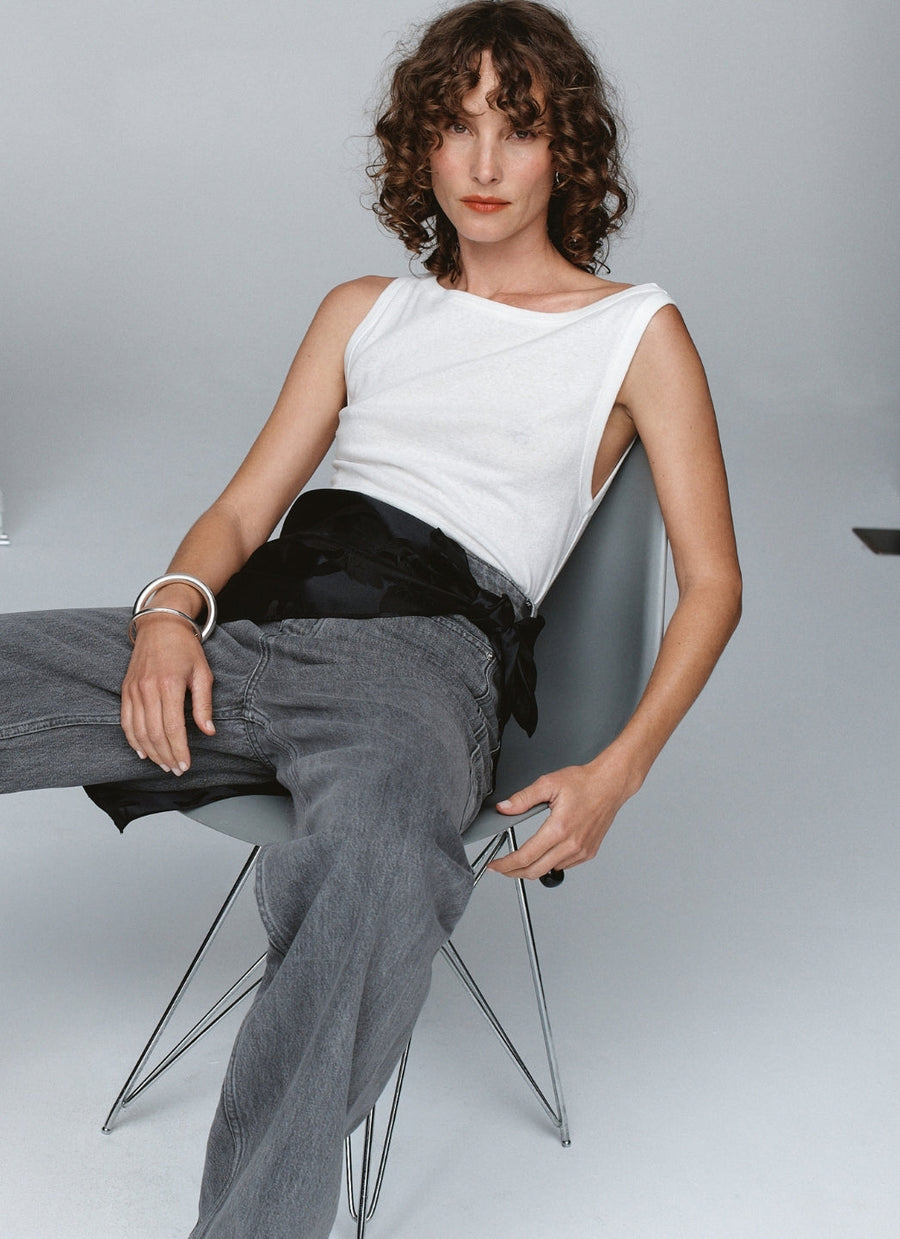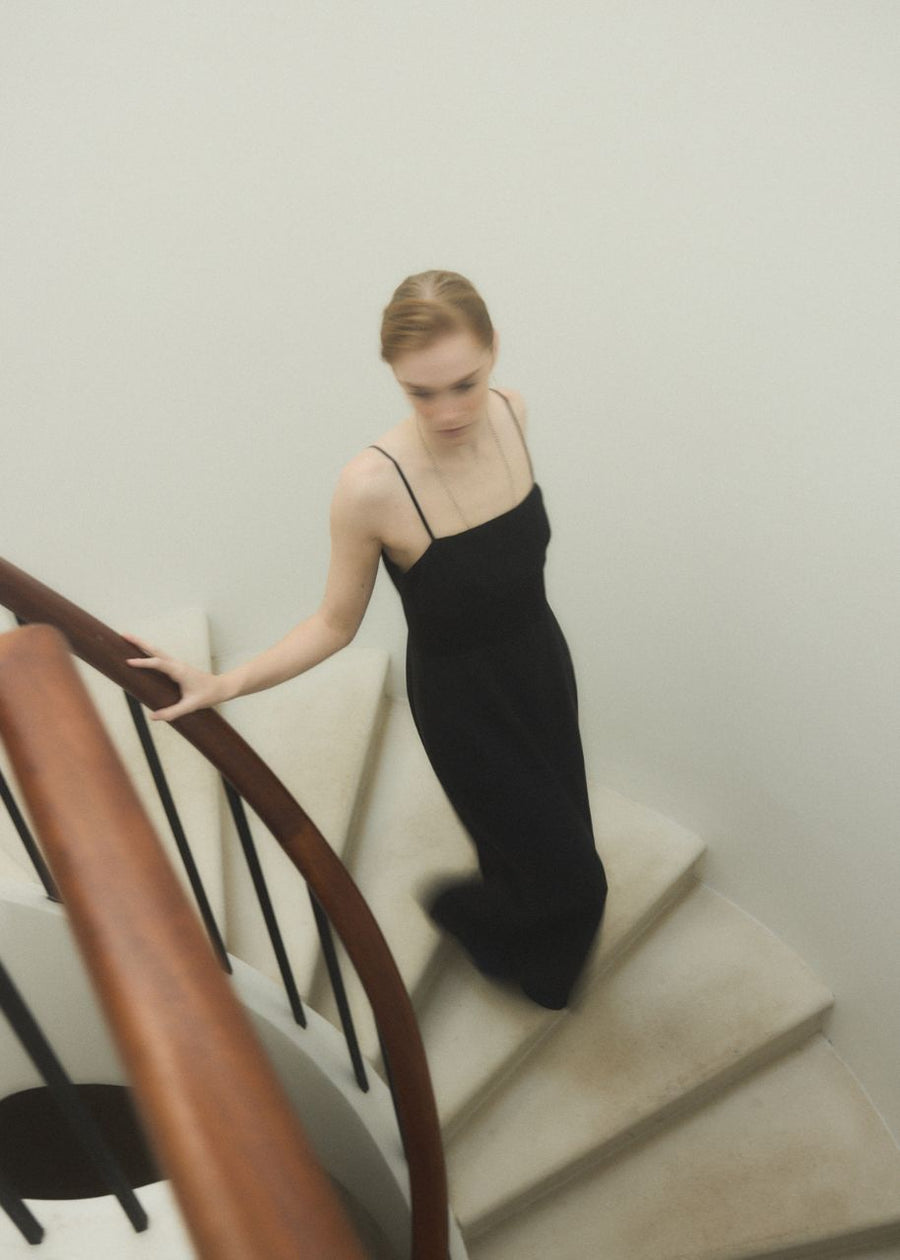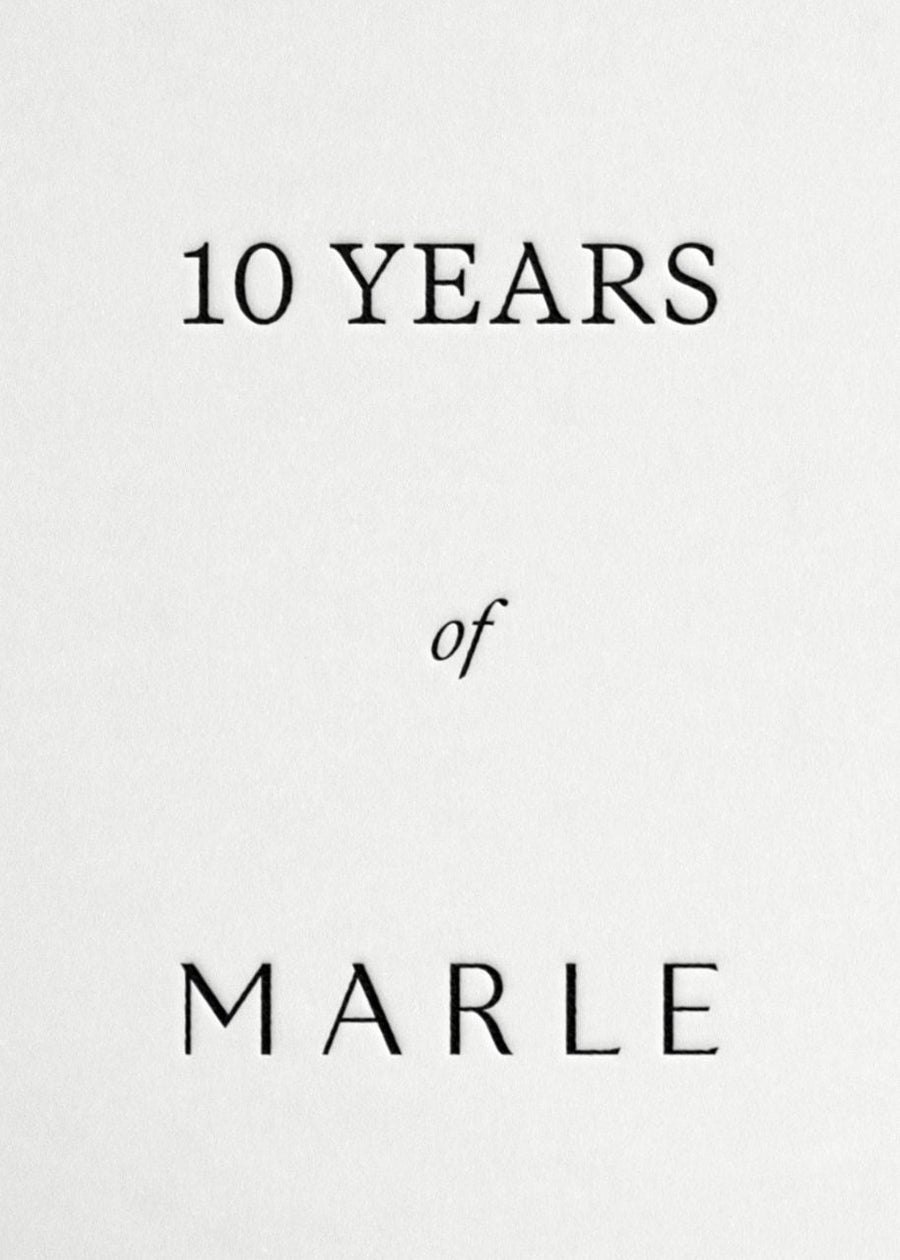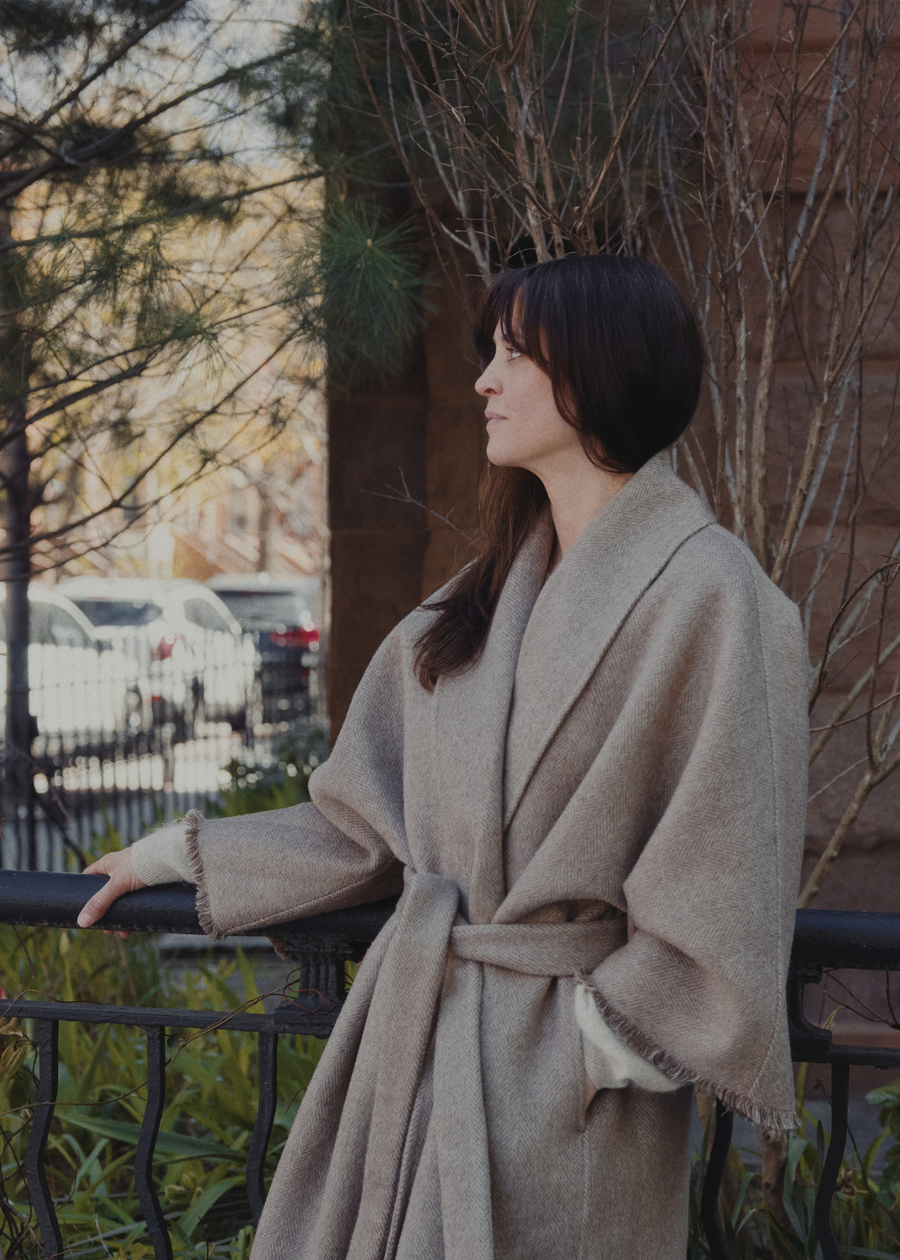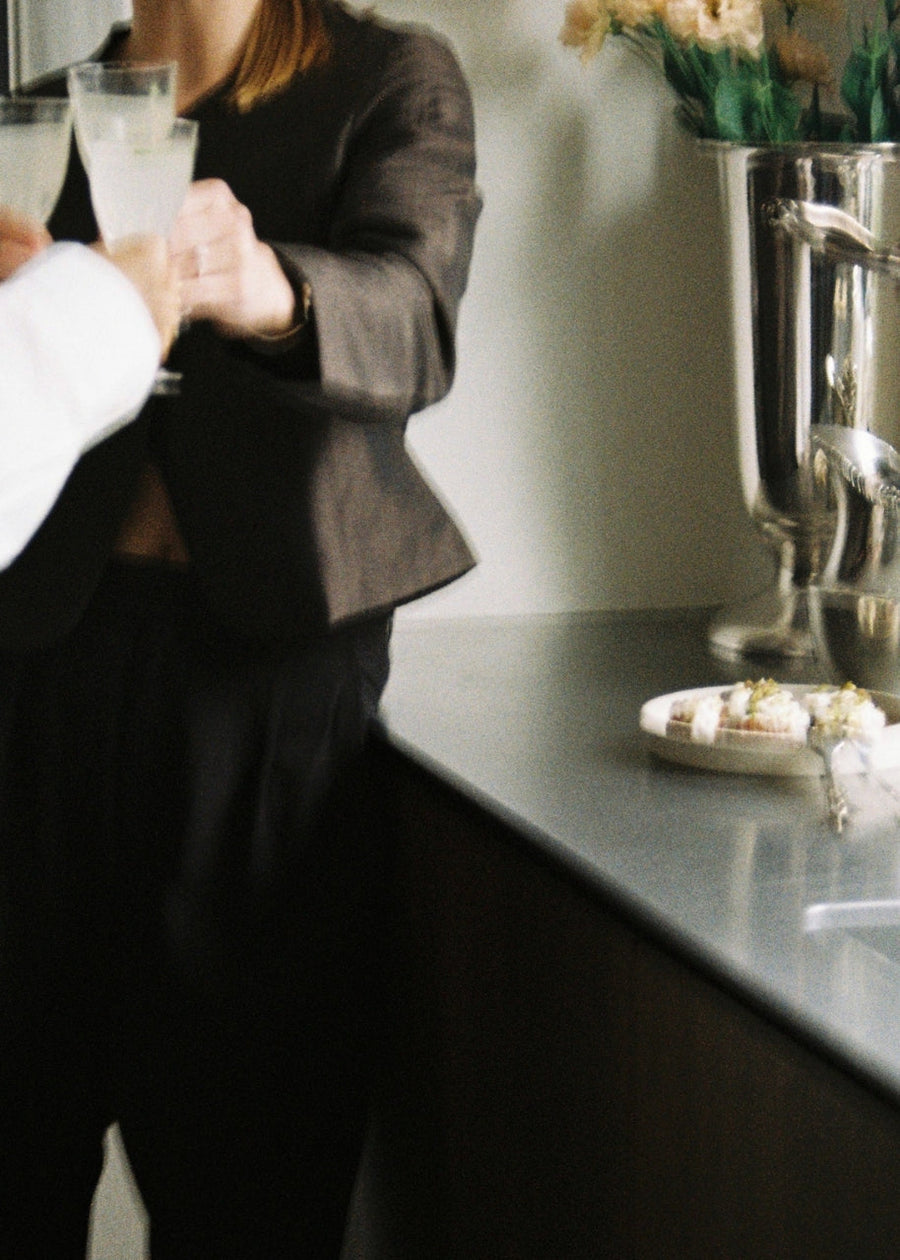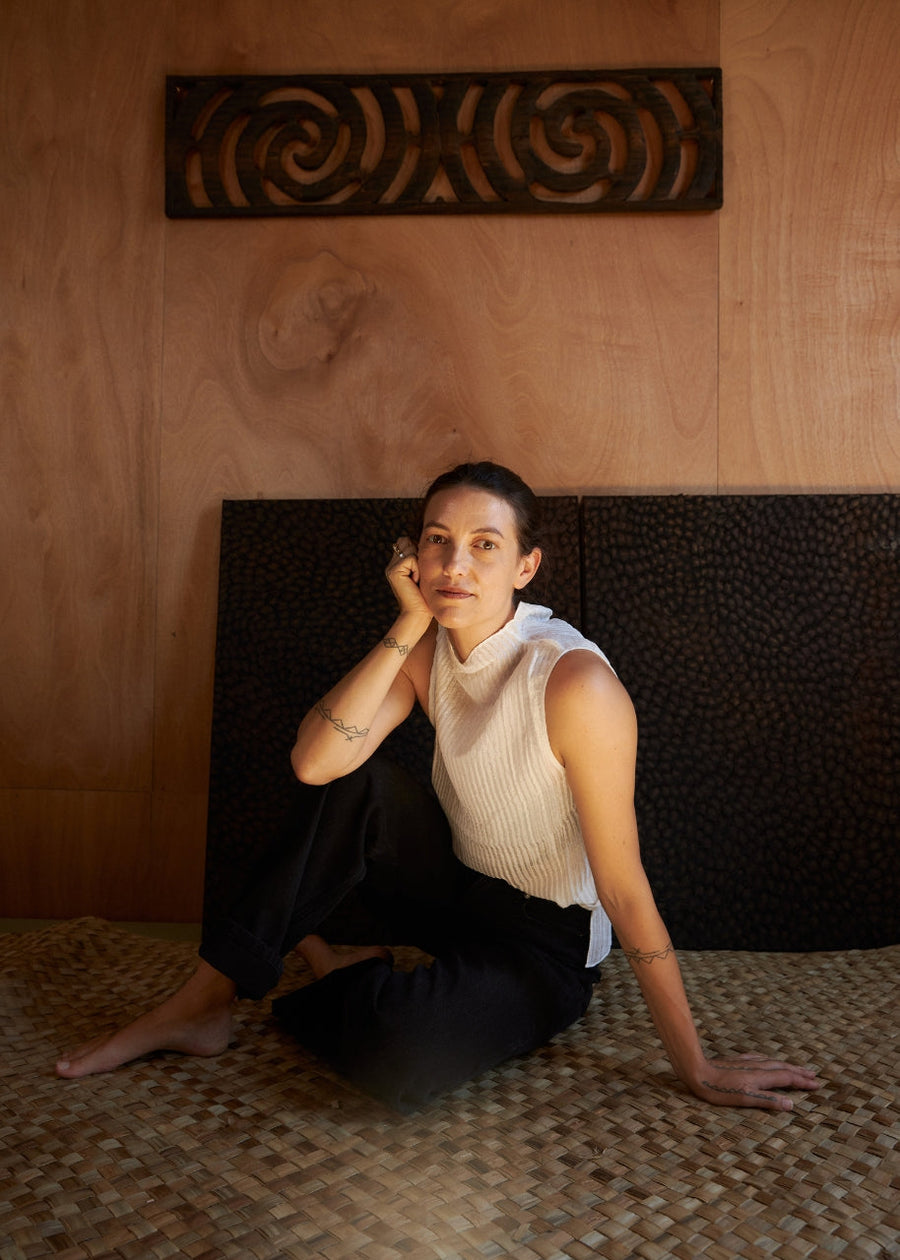
Marle Women is created to celebrate our philosophy of designing pieces for women of all ages and stages of their lives. We hope each interview inspires you, the same way in which these women do to us.
Stacey Lee is a New Zealand born, US-based director who specialises in high-end cinematic storytelling across multiple film platforms - music video, documentary and commercial. Her latest feature film Underplayed premiered on Amazon Studios in 2021, and she was recently nominated for Young Director Award at the Cannes Film Festival. Born in Marle’s hometown, Mount Maunganui, she has been a close friend of Juliet for over a decade, and a supporter of Marle since the first collection. The film for You Got Mine represents their first creative collaboration together. In a cinematic display of dramatic juxtaposition, Stacey brings the brand to life and creates a dichotomy between day and night, real and surreal, black and white, slow and kinetic; an ode to the way in which Juliet designs. Here, we chat with Stacey about the musings behind the film, the defining moments in her life that inspired her to become a filmmaker and the importance of lifting women up and creating a pipeline of talent in male-dominated industries.
Can you tell us a bit about your childhood and the defining moments that inspired you to become a filmmaker?
I was born in Mount Maunganui, New Zealand, around the subculture of surfing and punk music, I was always drawn to the visual vernacular of the way humans express themselves - fashion, music, dance and sports. The universal feeling of being a teenager and trying to discover and construct your own identity through these subcultures. In the 90s there were a lot of iconic films that presented alternative versions of this from Kids to Clueless to Virgin Suicides to Rize. I realised early on, we might all come from different walks of life but the fundamentals of who we are as people and what makes our hearts really thump were the same. Film was the tool to transport me to and from these world’s and I just knew I wanted to be a part of that.
How would you describe your own work? What are some of the messages or emotions you are hoping to convey to your audience through your films?
Emotional storytelling is how I like to think of it, trying to find ways to connect the viewer on an emotional level with the characters in my films.

Your newest documentary, Underplayed investigates gender discrimination in the electronic music scene - based on some fairly shocking statistics. What led you to this project and what was your intention with the film?
I felt a lot of parallels with my experience coming up in the film industry as a female with what these women were experiencing in electronic music. Whether you like this genre of music or not, I wanted the audience to connect with these artists as humans first - feel their struggle and root for their successes - regardless of whether you have been to a rave. This story for me transcends the subculture and is something we can all relate to whether you are in the film industry, politics or architecture.
Beautifully shot and creatively edited, “Underplayed” was made with an all-female crew. Why was it important for you to ensure female creatives played a role in the creation of this film?
Just like someone had taken a chance on me, and given me the privileged position to helm this film, it was important that I used that platform to reach down and lift other women up so we can create a pipeline of experienced female talent working in this space, normalise it, and a diversity of perspectives into the decision-making process of what ultimately gets scene. It’s not a gimmick or because it's cool to be “socially conscious” right now, there are plenty of women who are talented enough and eager enough to jump into these positions if you just look hard enough.
 |
"This film is all about mood. The warmth of the dunes, the feeling of sand on bare feet, the sun on your shoulders, the wind in your skirt. After a long winter, the first signs of spring are a welcome relief" |
Your work has been exhibited all over the world. How does it feel to have your work so widely recognised, especially on an international scale?
The scale of the projects I work on is important to me, because so much of what I am most passionate about intersects with social issues or causes, you want your work to be seen by as many eyeballs as possible so that your film can be a part of the change, and the evolution of the issue. Presenting multiple pov’s, finding solutions - giving the audience something tactical they can walk away with so that the filmmaking experience is not just passive. These are things I care about greatly with the films and the subjects I chose to take on. And if I get an accolade for it, great. But nothing beats the feeling of a live audience reacting to your film.
The film you directed for our newest collection, You Got Mine, plays on the colour palettes and patterns of the collection, whilst beautifully paying tribute to nature’s architecture. Can you tell us a little more about the chosen locations for the film and how each played a part in bringing the brand to life through motion?
One of the locations was something that Juliet had been looking at for years on her commute to work. Inspiration can come from the most unexpected places, and in this instance, a large skylight filled a warehouse situated on the Port of Tauranga. We took a drive-by, negotiated with a wharfie to get access and the way the light hit the sand, the haze of the space and scale of the “mountains” - we knew it was something magic from the get-go.
Like the contrasting mood of the collection, we wanted the next space to be an evolution of the first, and after scouting google earth for hours, I happened upon the epic sand dunes north of Te Arai Regional Park, 2 hours from Auckland. By coincidence, our producer had filmed there a couple of years earlier and we were able to get approval from the Ngatiwai Iwi. And then it was just a case of hoping that the weather gods would show up on the day.

As the film progresses, the actions and movements of the two worlds begin to overlap and interact, culminating in the dramatic arc where real and surreal collide. What was your thought process behind these scenes and what message are you conveying?
What is so clever about the way Juliet designs the collection and selects the fabrics is that each piece can be a casual and comfortable choice during the day and effortlessly evolve into something elegant in the evening. This dichotomy between night and day, inside and out, and black and white (colours that feature quite heavily in the collection) felt like an interesting element to play with in the film. As the film progresses the lines are blurred; and like the Salvador Dali-esque surrealist sand-scapes we wanted the scenes to take on a dreamy, otherworldly quality too. An elevation of everyday life, much like the collection itself.
How do you want people to feel after watching the film?
This film is all about mood. The warmth of the dunes, the feeling of sand on bare feet, the sun on your shoulders, the wind in your skirt. After a long winter, the first signs of spring are a welcome relief.

You were recently back home in New Zealand after spending many years living between New York and LA, what was it like being home?
I was in NZ for five months and it is always such a joy to work and create in NZ. There is an ease and familiarity and good old kiwi spirit of getting out there and getting it done. Have an idea, make it. Everyone gets stuck in no matter your official title. And that really was the experience of making this film. Juliet might be the designer but at times she was also the camera assistant, the stunt double, the lighting department and the runner. That was true of every crew member, and it’s the most rewarding way to make films.
Who and what inspires you?
Forever inspired by humans who despite critics, opponents, naysayers or disbelievers chose to put themselves out there and follow their dreams.
Quickfire Questions:
Texture or colour?Colour Summer or winter?Summer! Most treasured accessory?My Bing Bang NYC necklaces with my kids names on them. Currently reading…Sorrow & Bliss by Meg Mason. Currently listening to…Phoebe Bridgers, Whitney, Haim, Wet, Low, Active Child, James Blake, Khuringbin, Cocteau Twins. |


